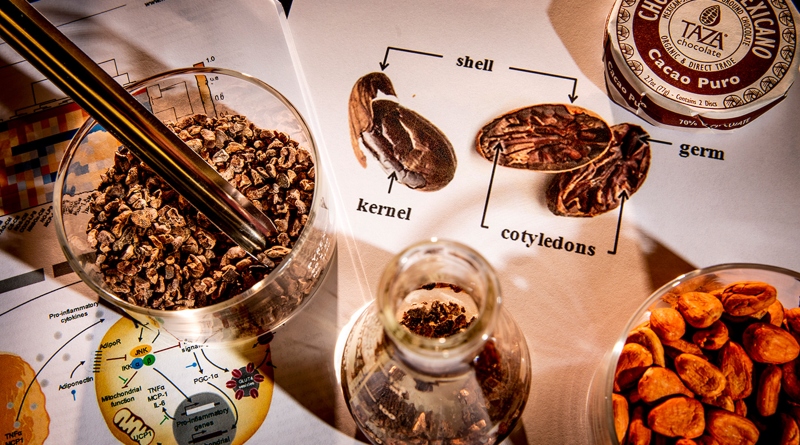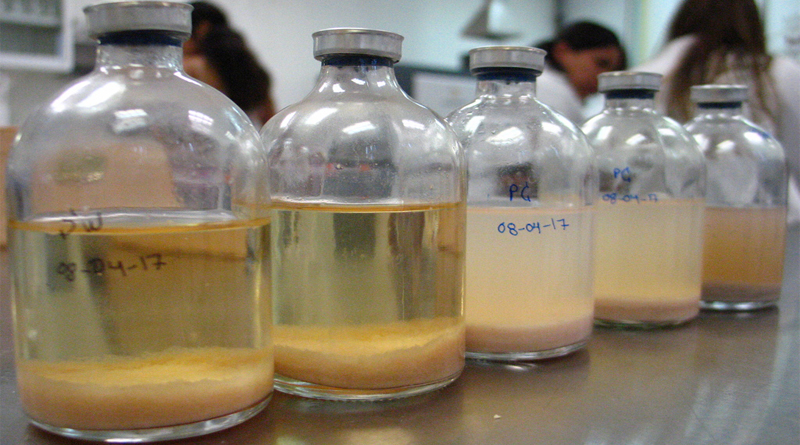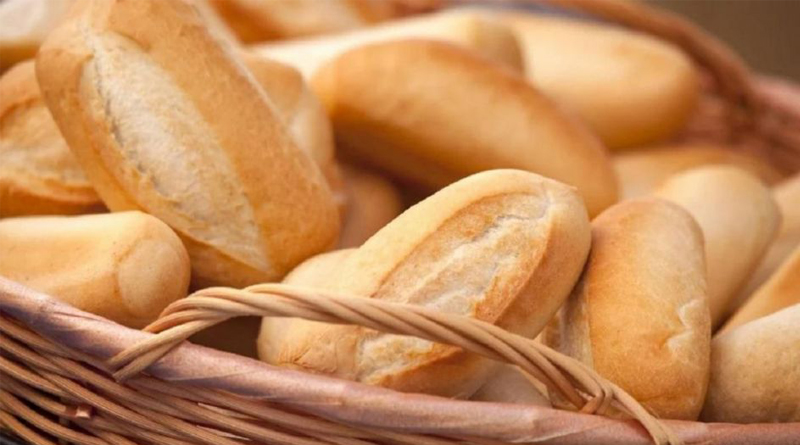A new study by researchers at the University of Illinois suggests that three of the phenolic compounds in cocoa bean shells may have powerful effects on the fat and immune cells in mice, potentially reversing the chronic inflammation and insulin resistance associated with obesity. The results are reported in a paper published in Molecular Nutrition and Food Research.
Cocoa shells contain high levels of three beneficial bioactive chemicals also found in cocoa, coffee, and green tea—protocatechuic acid, epicatechin, and procyanidin B2. The researchers created a water-based extract containing these compounds and tested its effects on white fat cells called adipocytes and immune cells called macrophages. Using computer modeling and bioinformatic techniques, he also examined the impact that each of the phenolics individually had on the cells.
“The objectives of the study were to test whether the bioactive compounds in the cocoa shells were efficacious against macrophages—the inflammatory cells—at eliminating or reducing the biomarkers of inflammation,” said Elvira Gonzalez de Mejia, a professor and director of nutritional sciences at the University of Illinois. “We wanted to see if the phenolics in the extract blocked or reduced the damage to fat cells’ mitochondria and prevented insulin resistance.”
Similar to batteries within cells that burn fat and glucose to generate energy, mitochondria can become damaged when high levels of fat, glucose, and inflammation occur in the body, de Mejia said. When the scientists treated adipocytes with the aqueous extract or the three phenolic compounds individually, damaged mitochondria in the cells were repaired and less fat accumulated in the adipocytes, blocking inflammation and restoring the cells’ insulin sensitivity.
When adipocytes accumulate too much fat, they promote the growth of macrophages. This initiates a toxic cycle in which the adipocytes and macrophages interact, emitting toxins that inflame fat tissue, de Mejia said. Over time, this chronic inflammation impairs cells’ ability to take up glucose, leading to insulin resistance and possibly type 2 diabetes as glucose levels in the blood escalate.
To recreate the inflammatory process that occurs in the body when macrophages and adipocytes begin their toxic dance, the researchers grew adipocytes in a solution in which macrophages had been cultured. They found that fewer mitochondria were present in the adipocytes that were grown in the solution, and the mitochondria that did exist in these cells were damaged.
When the scientists treated the adipocytes with the phenolics in the extract, however, the adipocytes underwent a process called browning, in which they differentiated—that is, converted—from white adipocytes into another form called beige adipocytes. Beige adipocytes are a specialized form of fat tissue with greater numbers of mitochondria and enhanced fat-burning efficiency.
In addition to providing cocoa producers with another potential revenue stream, processing the shells to extract the nutrients would reduce the environmental toxicants generated currently by cocoa shell waste, de Mejia said. Once extracted from cocoa bean shells, the phenolic compounds could be added to foods or beverages to boost products’ nutritional value, she said.
Source: IFT










